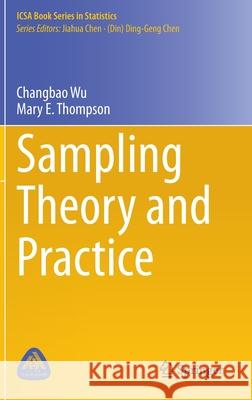Sampling Theory and Practice » książka
topmenu
Sampling Theory and Practice
ISBN-13: 9783030442446 / Angielski / Twarda / 2020 / 365 str.
Sampling Theory and Practice
ISBN-13: 9783030442446 / Angielski / Twarda / 2020 / 365 str.
cena 483,04
(netto: 460,04 VAT: 5%)
Najniższa cena z 30 dni: 462,63
(netto: 460,04 VAT: 5%)
Najniższa cena z 30 dni: 462,63
Termin realizacji zamówienia:
ok. 22 dni roboczych
Bez gwarancji dostawy przed świętami
ok. 22 dni roboczych
Bez gwarancji dostawy przed świętami
Darmowa dostawa!
Kategorie:
Kategorie BISAC:
Wydawca:
Springer
Seria wydawnicza:
Język:
Angielski
ISBN-13:
9783030442446
Rok wydania:
2020
Wydanie:
2020
Numer serii:
000904327
Ilość stron:
365
Waga:
0.71 kg
Wymiary:
23.39 x 15.6 x 2.24
Oprawa:
Twarda
Wolumenów:
01
Dodatkowe informacje:
Wydanie ilustrowane











